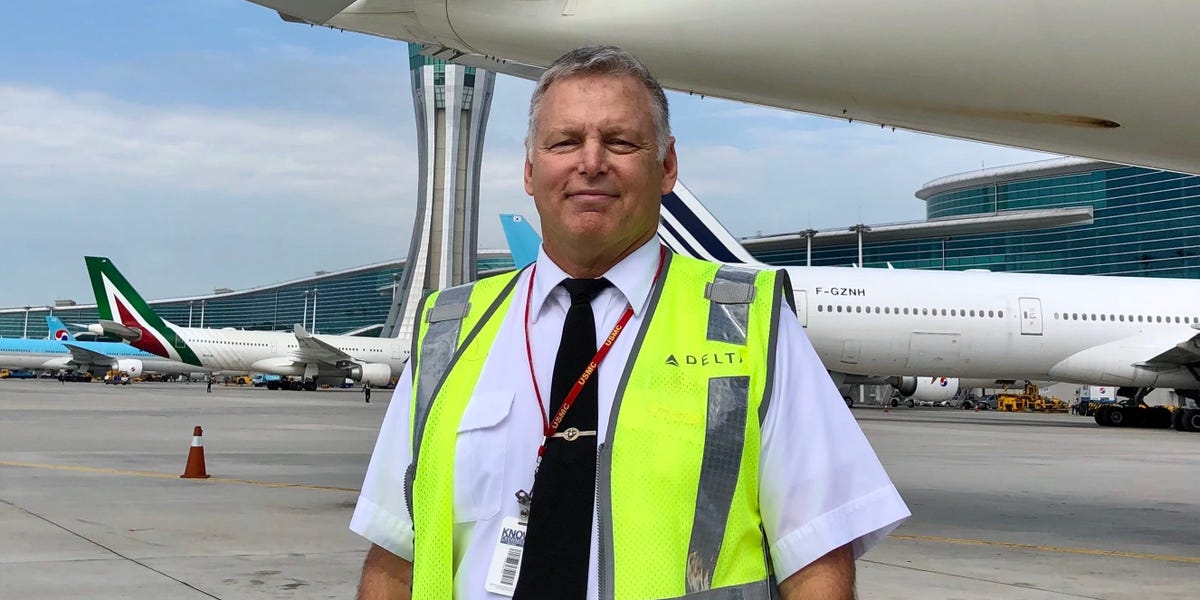Veteran Pilot Reveals: The Hidden Challenges of Landing at Reagan Airport

When it comes to navigating challenging airport landscapes, few know more than seasoned pilots with decades of experience. Mark Stephens, a retired Delta Airlines captain, has a stark warning for air travelers: two East Coast airports stand out as particularly treacherous—New York's LaGuardia and Washington, D.C.'s Ronald Reagan National Airport.
Drawing from his extensive flying background, Stephens highlights these airports as potential hotspots for navigational complexity and safety concerns. LaGuardia, nestled in the bustling New York City borough of Queens, presents unique challenges with its tight runway configurations and heavy air traffic. Similarly, Reagan National, located just minutes from the heart of the nation's capital, demands exceptional piloting skills due to its constrained geographical layout and proximity to sensitive airspace.
Travelers and aviation enthusiasts would be wise to pay attention to such expert insights, as these professional observations stem from years of hands-on experience navigating some of the most demanding aerial environments in the United States.

